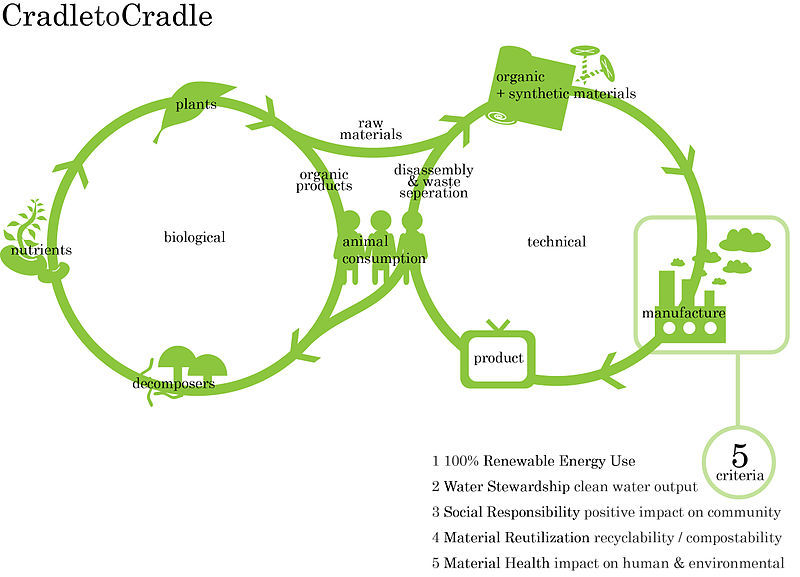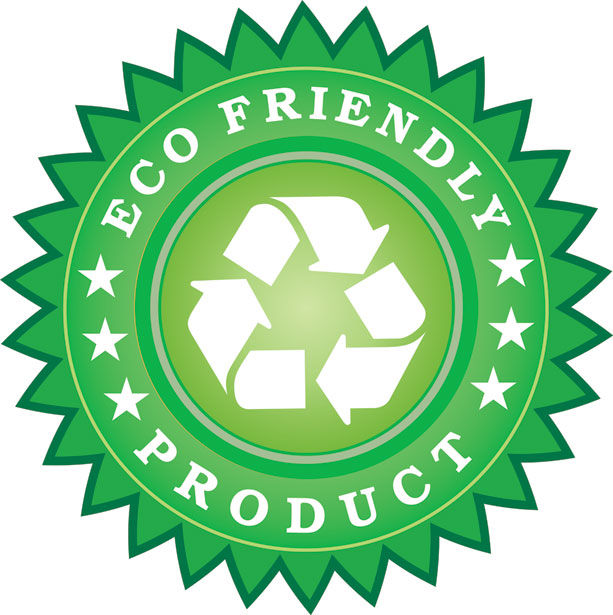The Cradle to Cradle Mindset
- Gone Sustainable

- Apr 22, 2019
- 4 min read
Updated: Feb 3, 2023
Learning about the concepts that revolves around sustainability is a great way to implement it into your mindset. The only way forward as a human race is to start being sustainable, not only for the plants, wildlife and environment but also for the human race itself. To achieve this it is vital to think about everything you buy, use and effect in a sustainable aspect. Cradle to cradle is a great way to achieve this. Whenever you make a decision think ‘Cradle to cradle’ and you will be doing a better job at being a sustainable, environmental individual and here is why.

So, what is ‘cradle to cradle’?
Cradle to cradle is an approach to all products and systems that takes place from their concept to their end of life. The approach is to implement the thought of the whole life of the product to ensure sustainability is implemented throughout. This is to include where the materials are sourced, how they are sourced, where the product comes from, how it is made and what happens to it at the end of its usable life. The meaning of ‘cradle to cradle’ is that the product will not be discarded and in fact have an end of life plan where it will be reused, remanufacture or even recycled in some way instead of going to landfill and becoming waste. This method looks at the whole life of the product tying it with sustainability and preventing a negative ethical & environmental impact.

In an ideal world a product will be used indefinitely but this is often not the case. Therefore, a huge goal of cradle to cradle in my opinion is the end of life plan for the material and preventing the material going to landfill. Instead the materials that make up the product can be upcycled into another system before the materials are stripped and reprocessed to their raw form for reuse. However, it is important that to achieve this the energy and materials involved in this process of upcycling or recycling a product is not greater than that of a new product and has a lessened negative impact. Finally, if this cannot be achieved, ensuring the final product is biodegradable, compostable or fully recyable at the end of its life can be an alternative.

Another term or view of ‘cradle to cradle’ is regenerative design. This creates a sustainable system through revitalising the original resources of energy and material, whilst meeting the current needs of society with integration of the environment. Cradle to cradle should apply to everyone who will be buying a product but mostly to anyone who is creating anything. If you are creating a product in any form, you should think about its whole life and how future generations will have to deal with it when it is not usable any more.

How do you know?
Now you know about the ‘cradle to cradle’ mind-set, how do you know if ‘cradle to cradle’ has been implmented to a product. Well sometimes it can be quite easy and you can do a quick check to see if there are any labels on the product highlighting this. This can be specifically ‘cradle to cradle’ but can also be badges/labels of sustainability, eco-friendliness, ethical (fair trade) or recyclability. Most of these will tell you what will happen to the product at the end of the products life and how it is made, so you should look out for them on the product or website. Secondly, you may have to do some research and take some time to learn about the product itself to fully understand its lifecycle. As you gain an understanding of what items are cradle to cradle you will have an understanding of what is likely to achieve the ‘cradle to cradle’ concept. Finally, you should not hesitate to ask, many companies don’t promote that they have some sort of take back scheme where they can recycled or reuse the materials in the product but do have them and sometimes even collect the item from you for free. You have done your first step by simply understanding the concept, so you are also in a position to make your own judgement.
My thoughts!

I think the ‘cradle to cradle’ approach is tremendously needed. It is vital that this is implemented in all walks of life, from the cloths we buy to the materials we use in construction. It is fundamentally needed for millions of product to stop this huge wasteful culture we have at the moment. There is no doubting that resources are running out with the rapidly growing population, the ever-advancing technologies and the demand for them and we need to find ways to claim back these depleting materials or find alternatives to them. I am hoping the cradle to cradle concept will lead to new methods, attitudes and forms of production that achieve this sustainable goal. I also hope that you start to buy and encourage this mind-set to further grow its popularity and reach. However, I’d love to know what your thoughts are on the ‘cradle to cradle’ approach and how you think it could be implemented to improve everyday items that at the moment fail to achieve it.














Comments